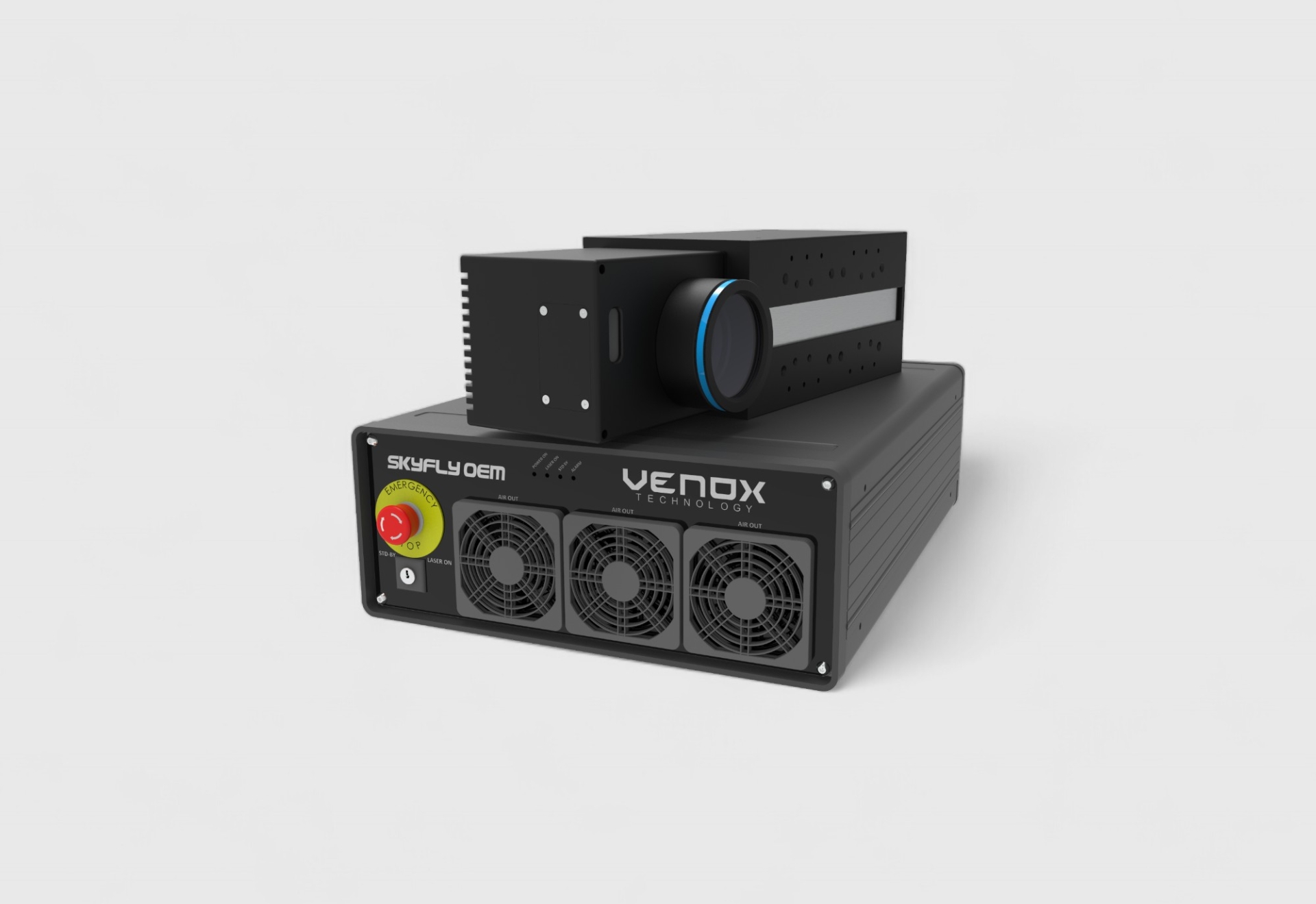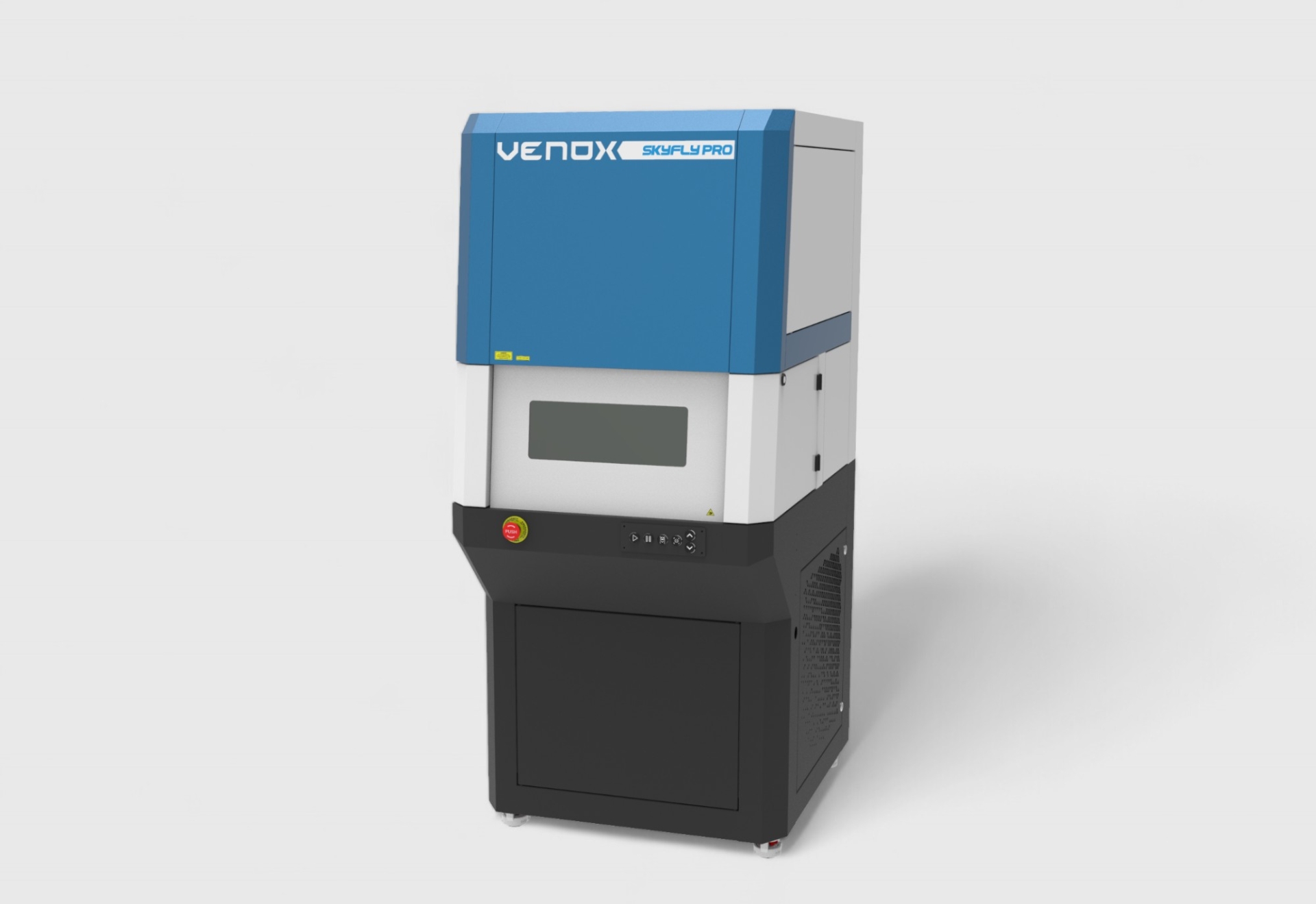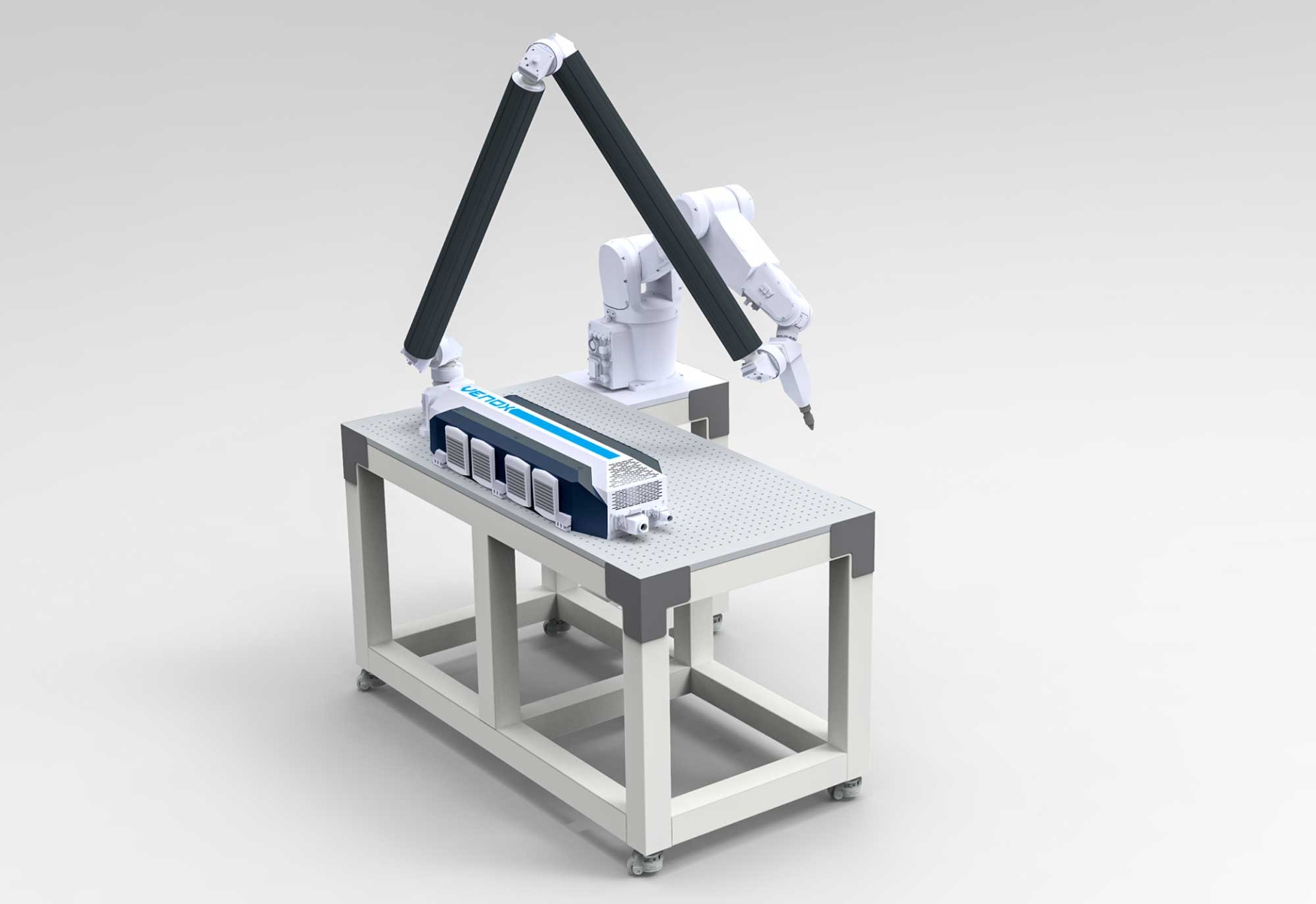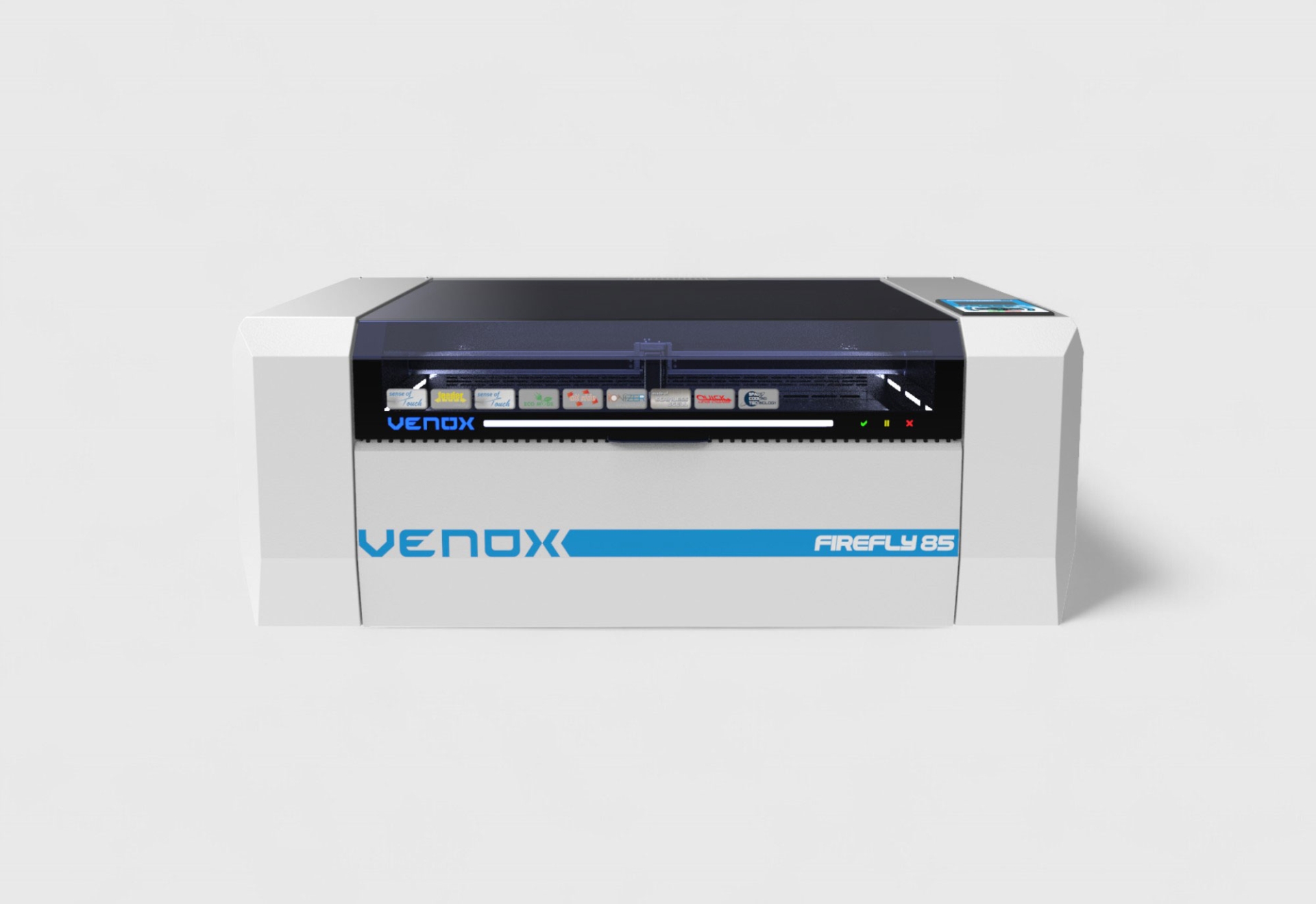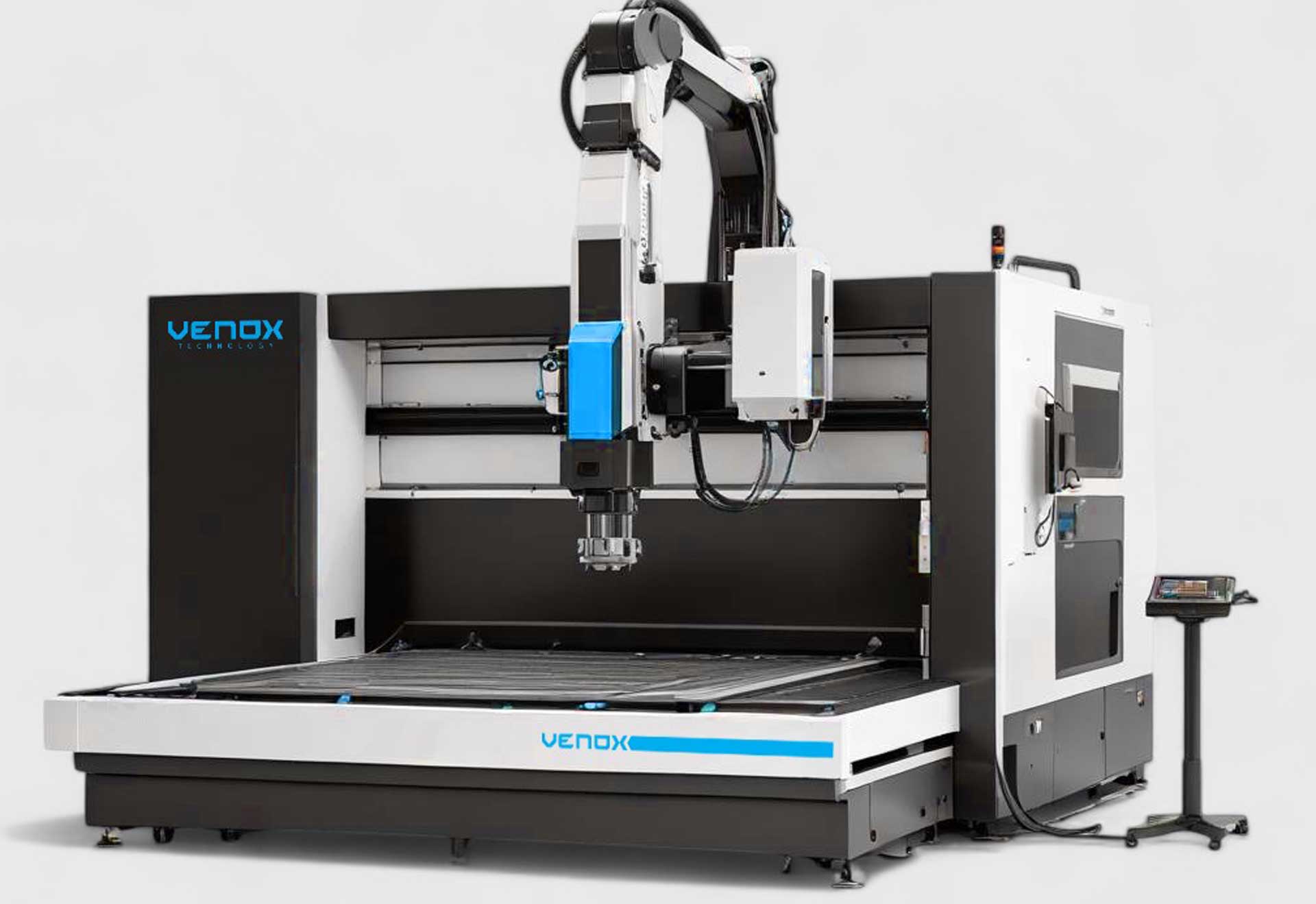Laser Marking Machines Maintenance, Calibration and Troubleshooting Guide
Why Periodic Maintenance? Impact on Quality, Takt Time and TCO
Planned maintenance preserves marking quality, code readability and takt time. It reduces downtime, extends lens/filter life and lowers total cost of ownership (TCO). A good maintenance program is based on the trio of cleaning + inspection + calibration.
Fundamentals of Calibration: Galvo, Optical Path and Lens
The galvo scanner, F-Theta lens and focal distance determine the marking geometry. Periodic geometry calibration, power verification and focus control keep code size/position within standard deviation.
Daily / Weekly Routines
- Lens surface: Air blow for dust and particles + proper lens cloth/solvent.
- Work area: Cleaning of optical windows and cabinet interior (no light leakage).
- Exhaust system: Fume/particle extraction check, monitoring of flow indicator.
- Sample test: Quick quality check with reference template/lines.
Monthly / Quarterly Routines
- Galvo accuracy: Scale/distortion check with test grid.
- Focal distance: Z-offset verification against thickness variations.
- Power measurement: Target power band control using laser powermeter.
- Filters: HEPA/activated carbon saturation level and replacement plan.
Annual Routines
- Geometry calibration: F-Theta lens tables and scan linearity.
- Electrical/ESD: Grounding and ESD checks, connector tightening.
- Firmware/Software: Approved version upgrades and backup.
- Risk analysis: Safety circuits, interlock and light leakage test.
Environmental Conditions and Stability
Temperature/humidity fluctuations, particle density and vibration affect spot size and position repeatability. 20–24°C, 40–60% RH and a low-vibration floor are recommended.
Optical Path and Focus Management
- Window glass: Scratches/contamination cause light scattering and heat buildup.
- Focus shift: Dynamic Z (autofocus) is preferred for material thickness changes.
- Spot quality: Smaller spot = higher resolution; lens selection and distance are critical.
Code Quality (ISO/IEC 15415/15416) and SPC
Quality grade for Datamatrix/QR and 1D barcodes must be measured regularly; SPC (statistical process control) should monitor grade, module contrast and deviation trends.
Parameter Recipes and Version Management
- Versioned recipes: Power/speed/frequency/hatch sets must be stored with version control.
- Change log: Who modified which parameter and when—logging is mandatory.
- Rollback: Plan for reverting to previous stable version in faulty updates.
Troubleshooting: Fast Diagnostic Flow
- Low contrast: Is the lens dirty? Focus lost? Check power band and hatch spacing.
- Geometry shift: Galvo calibration, lens tables, cable/connector issues.
- Unreadable code: Illumination/vision adjustment, surface reflection, fill direction.
- Burning/melting (plastic/UV): Reduce pulse duration, frequency and energy density.
- Fume buildup: Exhaust filter saturation and nozzle position.
Spare Parts and Consumable Plan
- Quick access kit: Lens, optical window, filter set, fan, sensor.
- MTBF/MTTR target: Stock and service SLA plan for critical components.
- Tools: Powermeter, test grid, torque wrench, ESD equipment.
Safety and Compliance
Class 1 enclosure, door interlock, emergency stop, fume/particle filtration and CE/UL documentation must be regularly reviewed. Operator training and records must be kept up to date.
Maintenance Records and Traceability
Maintenance/calibration forms, measurement results and photos must be stored electronically and used as references in audits and root cause analyses.
FAQ: “Makinaları” or “Makineleri”?
In technical writing, “makineleri” is common, while “makinaları” is also strong in search behavior. For SEO, both should be used naturally within the content.
Uninterrupted Operation with Venox
Contact us for maintenance/calibration packages, remote support and spare parts planning. Explore our products: Laser Marking Machines.
